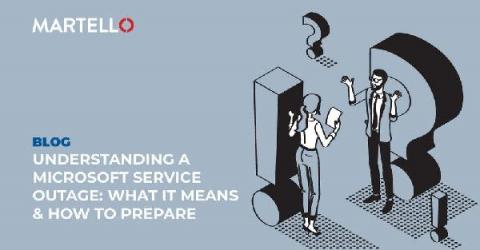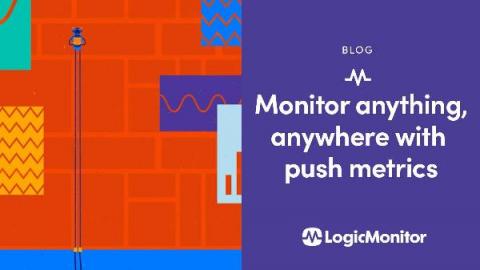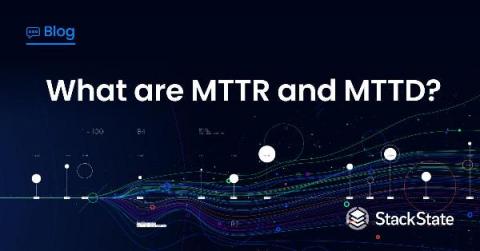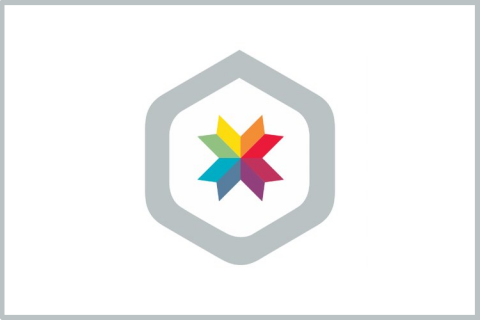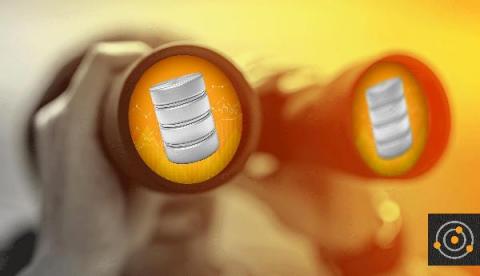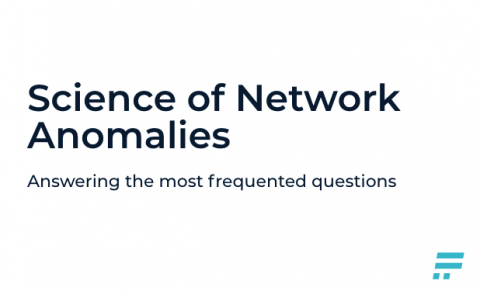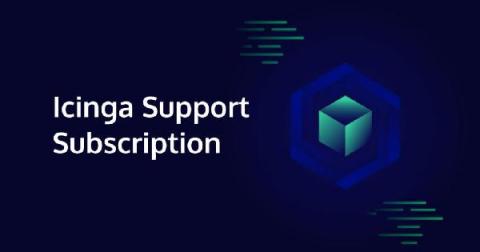Turbocharging your Android Gradle builds using the build cache
The Gradle Build Cache is designed to help you save time by reusing outputs produced by previous builds. It works by storing (locally or remotely) build outputs, and allowing builds to fetch these outputs from the cache when it determines that inputs have not changed. The build cache gives you the ability to avoid the redundant work and cost of regenerating time-consuming and expensive processes.



